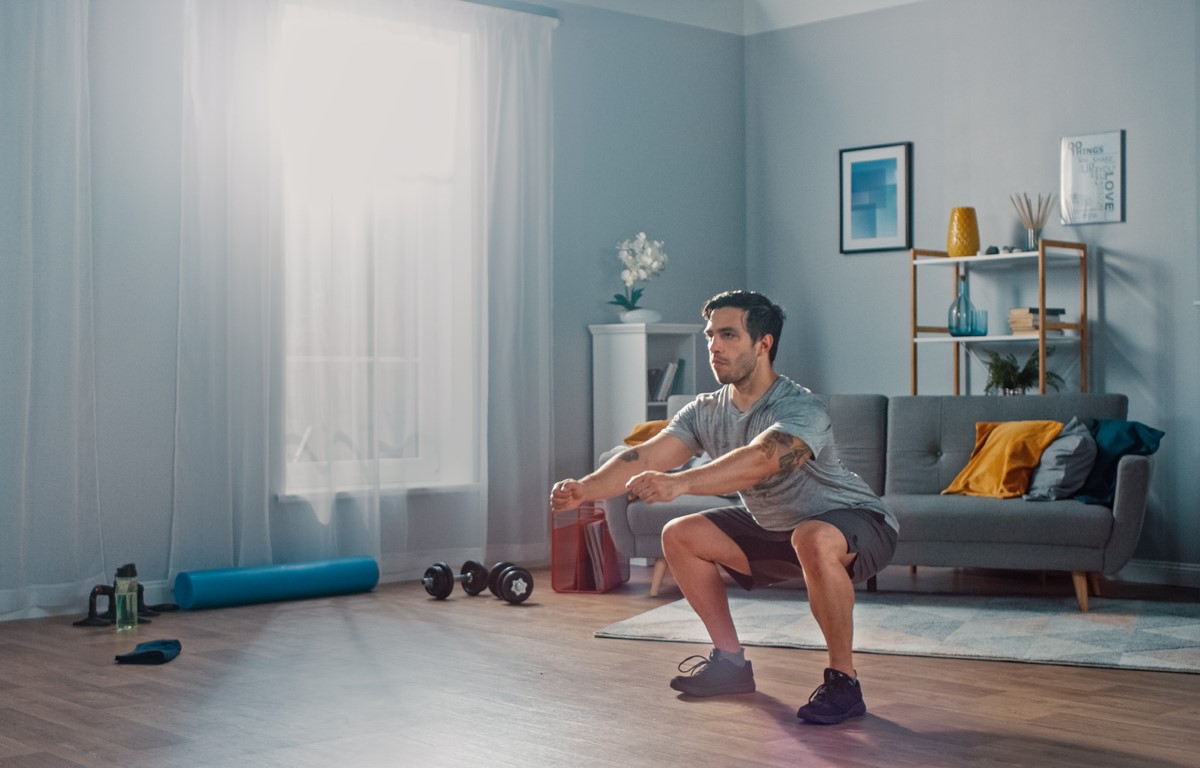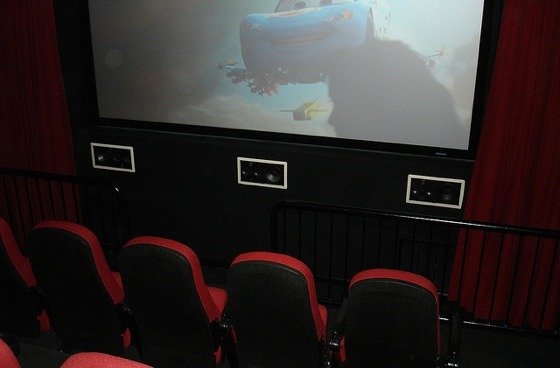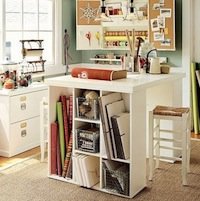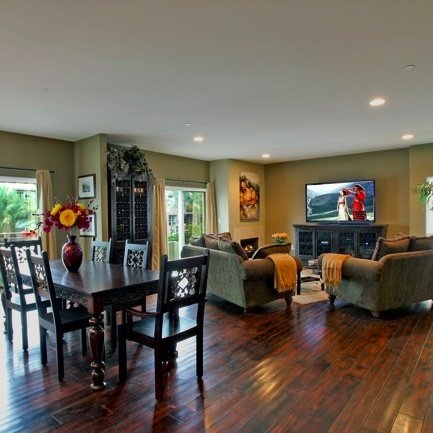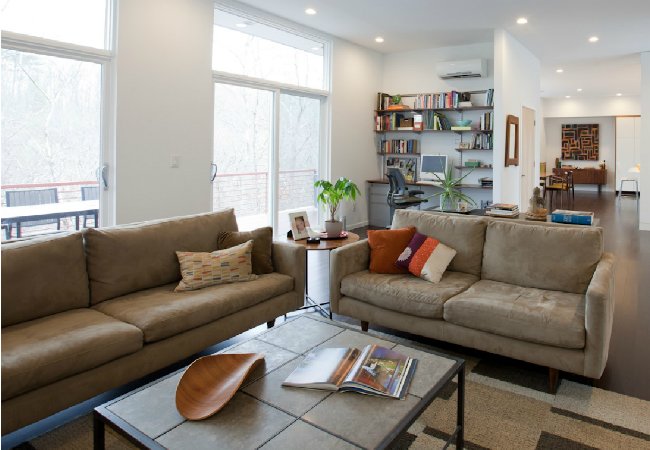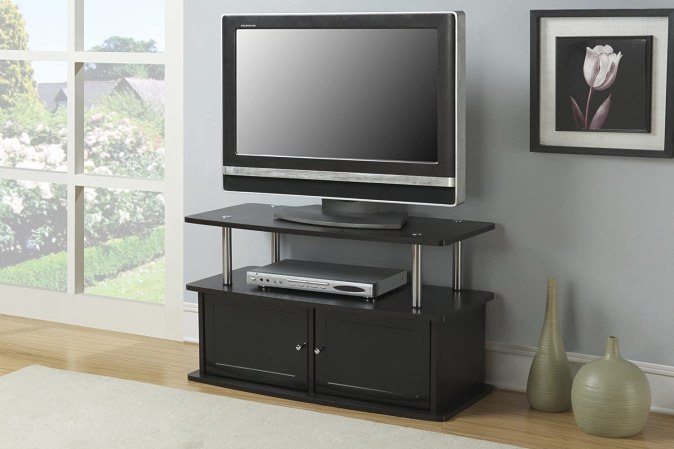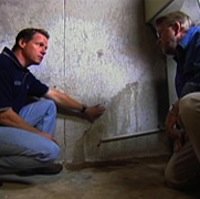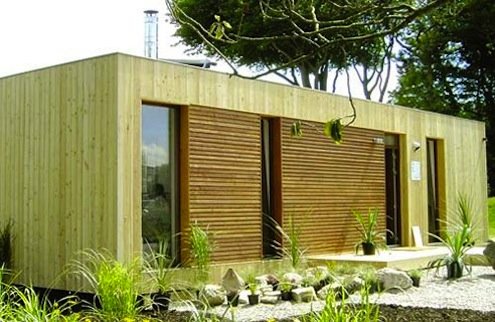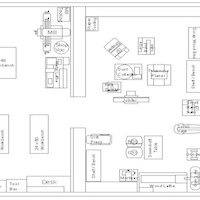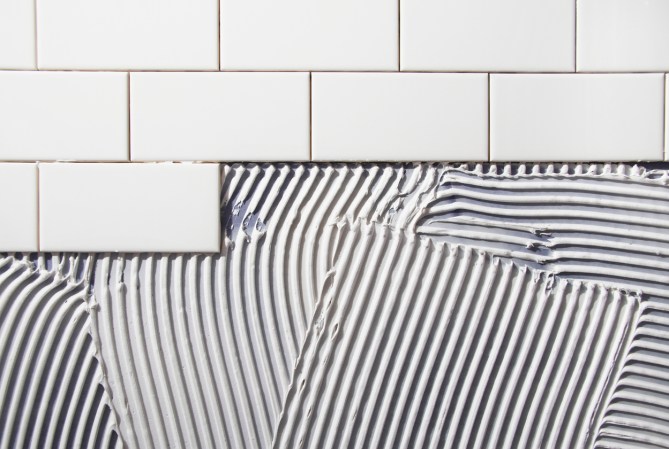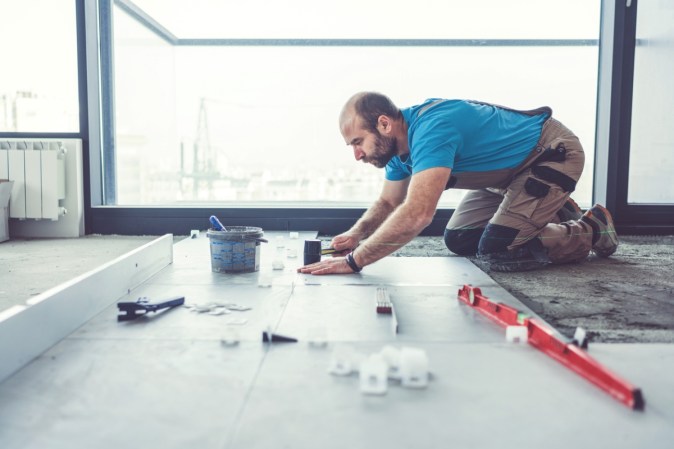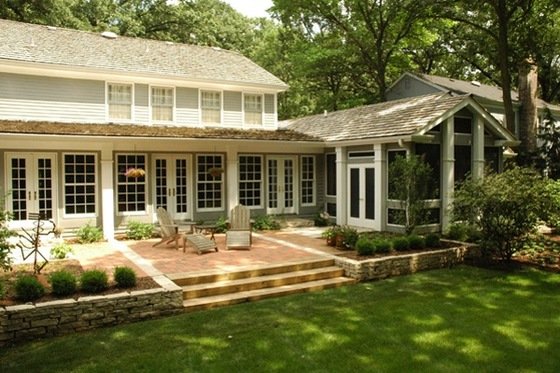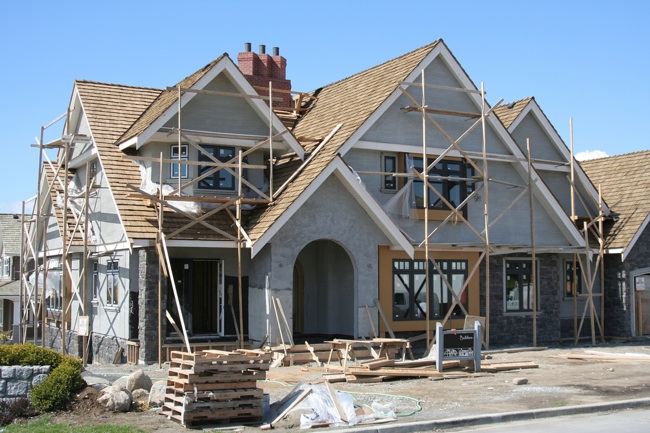We may earn revenue from the products available on this page and participate in affiliate programs. Learn More ›
Many homes have a treadmill or dumbbell these days, but a home gym is more than just an accumulation of equipment—it’s the product of a well-conceived design that’s as functional as it is motivating.
The good news is that it doesn’t take much space—nor does it require plumbing or a lot of rewiring—to set up a home gym. It does, however, take careful planning to optimize the square footage and create a sound, safe, and inviting workout space.
Space Considerations
Before you start equipment shopping, settle on the location of your home gym. Space limitations will impact the size, quantity, and layout of your apparatus. According to the American Council on Exercise, free weights require 20 to 50 square feet of space to use properly, treadmills need about 30 square feet, and a multi-station gym necessitates 50 to 200 square feet.
“Maximizing smaller space comes down to choosing the right equipment,” says Jeff Thomsen, president of Fitness Solutions Direct in Hoboken, NJ. Thomsen works with homeowners to design gyms based on their space, lifestyle, and fitness goals. “There are pieces of equipment that are very functional and take up minimal room,” he says. Thomsen also suggests you select a square or rectangular area as “odd-shaped rooms tend to result in a lot of wasted space.”
Basements are a natural for an exercise area. According to Cary, NC-based architect William J. Hirsch, Jr., author of Designing Your Perfect House: Lessons from an Architect, “It’s best to place the home gym on the lowest floor of the house to reduce noise transmission from the exercise equipment.” Sound is a top issue in designing a gym. Treadmills, stationary bikes, and elliptical machines produce droning vibrations that can be transmitted through a wood-framed floor. On the other hand, the concrete slab floors usually found in basements absorb the vibrations. Another plus? Basements are cooler.
Architect Joshua Zinder of JZA + D in Princeton, NJ, recently finished a large basement for a family that included about 250 square feet for a home gym. “Because it was all subterranean, we had to make sure the gym felt light and airy and open even though it was in a small section of the basement that didn’t have windows,” Zinder says. who achieved that airy feeling by using bright lighting, reflective white acoustical ceiling tiles, and mirrors. “Lining the room with mirrors made it feel twice the size.” Mirrors play a dual role, as well, since they help you monitor your form to ensure you’re exercising properly. There was also a green aspect to Zinder’s design: The ceiling tiles and rubber flooring were made from recycled materials.
Prior to Zinder’s completion of their basement gym, homeowners Michael and Lori Feldstein had their exercise equipment in the bedroom. Lori Feldstein says it was used “more as a towel bar” than for its intended purpose. “I love that the space is in the basement, in a room intended for exercise,” she says. “When I go down to work out, I can tune out the chaos that my three kids may be making upstairs and enjoy some well-deserved time to do something for myself.”
Attics are another popular location to house a home gym. An advantage of attic gyms is they often have high ceilings that can accommodate tall pieces of equipment. Most have windows, too, and natural light can be especially motivating. One drawback is that vibrations can carry down to the rooms below. If the gym is being planned in a newly constructed home or as part of a remodeling where the floor system is accessible, “then placing sound-deadening insulation in the floor is a good idea,” Hirsch suggests. The walls and ceiling should be insulated for sound, too. “This can be done with fiberglass sound-deadening batts, sound-deadening drywall, or a sound-deadening board installed between the drywall and the studs.” If you opt for a gym in the attic or an upper level, additional bracing might be required to ensure the floor is strong enough to support heavy exercise equipment.
Of course, any space—from a spare bedroom to a small alcove—can be repurposed for a gym. “The important thing,” Zinder says, “is a space that’s going to encourage you to use it.”
Flooring Options
The choice of floor surfaces is critical. Gym floors are susceptible to perspiration drips, so sheet vinyl, tile, or hardwood flooring with a polyurethane finish are low-maintenance choices, Hirsch says. Another smart option is using carpet tiles, which are resilient, sound-absorbing, and easy to replace. And if one gets damaged, there’s no need to replace the entire floor.
If you have a free-weight area, think about heavy-duty mats that will protect the floor. Zinder recommends half-inch-thick recycled rubber flooring available online from retailers who specialize in both residential and commercial-grade products such as Rubber Flooring Inc. “It’s going to be able to take the impact from the dropping of weights a lot easier,” he says. If your fitness area is comprised mainly of machines, rather than free weights, you can opt for flooring that’s more stylish and less heavy-duty.
Air Quality
Engage in a vigorous workout and suddenly a home gym becomes hot and humid. For that reason, many prefer to have the room cooler than the rest of the home. Architect Hirsch says, “It’s a good idea to have the home gym on a separate heating and air conditioning system, or at least be controlled as a separate zone off the main system” so it won’t affect the temperature in other rooms of the house. Installing a ceiling fan to circulate the air will also keep the room comfortable.
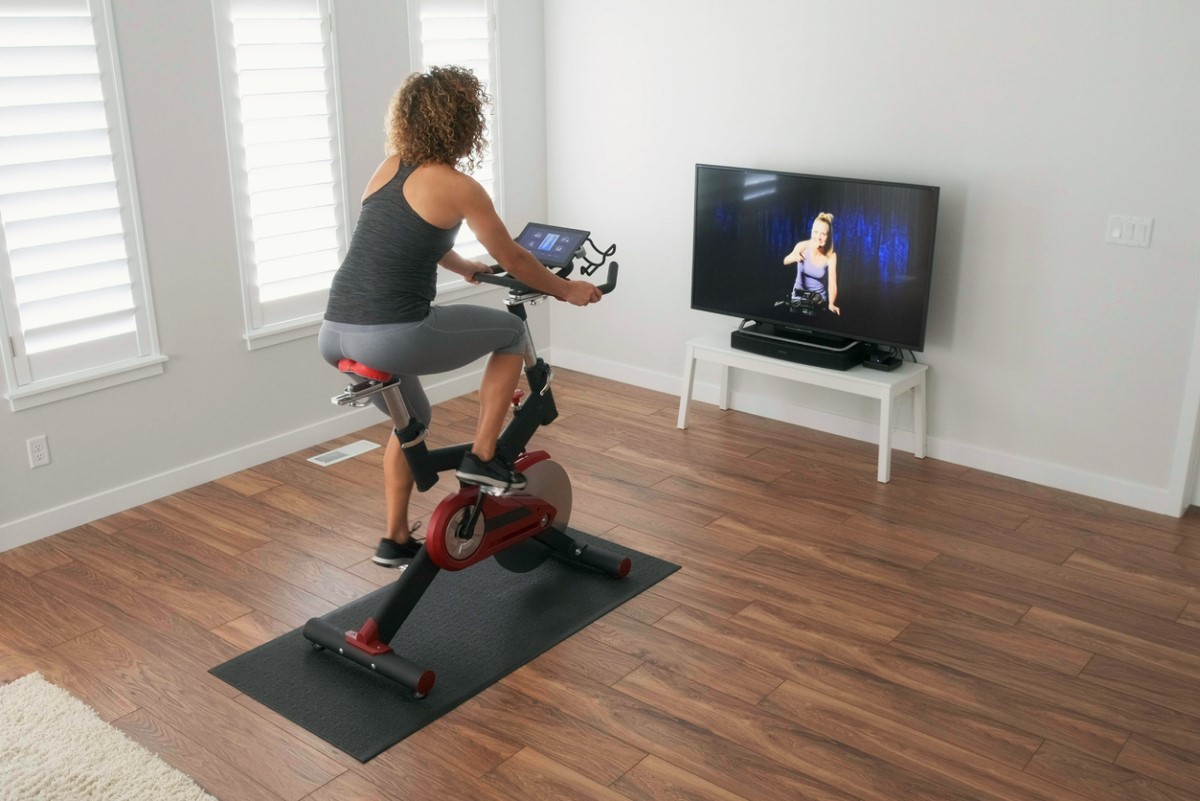
Motivational Tools
Televisions, DVD players, and stereo systems are almost a prerequisite in home gyms today. To keep your workout space clutter- and hazard-free, mount audio-video equipment on a swiveling ceiling bracket or recess it in a niche in the wall. Be sure to position the TV at a height that’s comfortable to view when you’re on a raised piece of equipment like a bicycle or elliptical machine.
“The most important thing is designing something that’s integral to the way you use your home,” Zinder says. “For us, aesthetics are everything. If you improve the finishes and make it a place you want to be, it’ll encourage you to use the gym and not feel like working out is a chore.”
